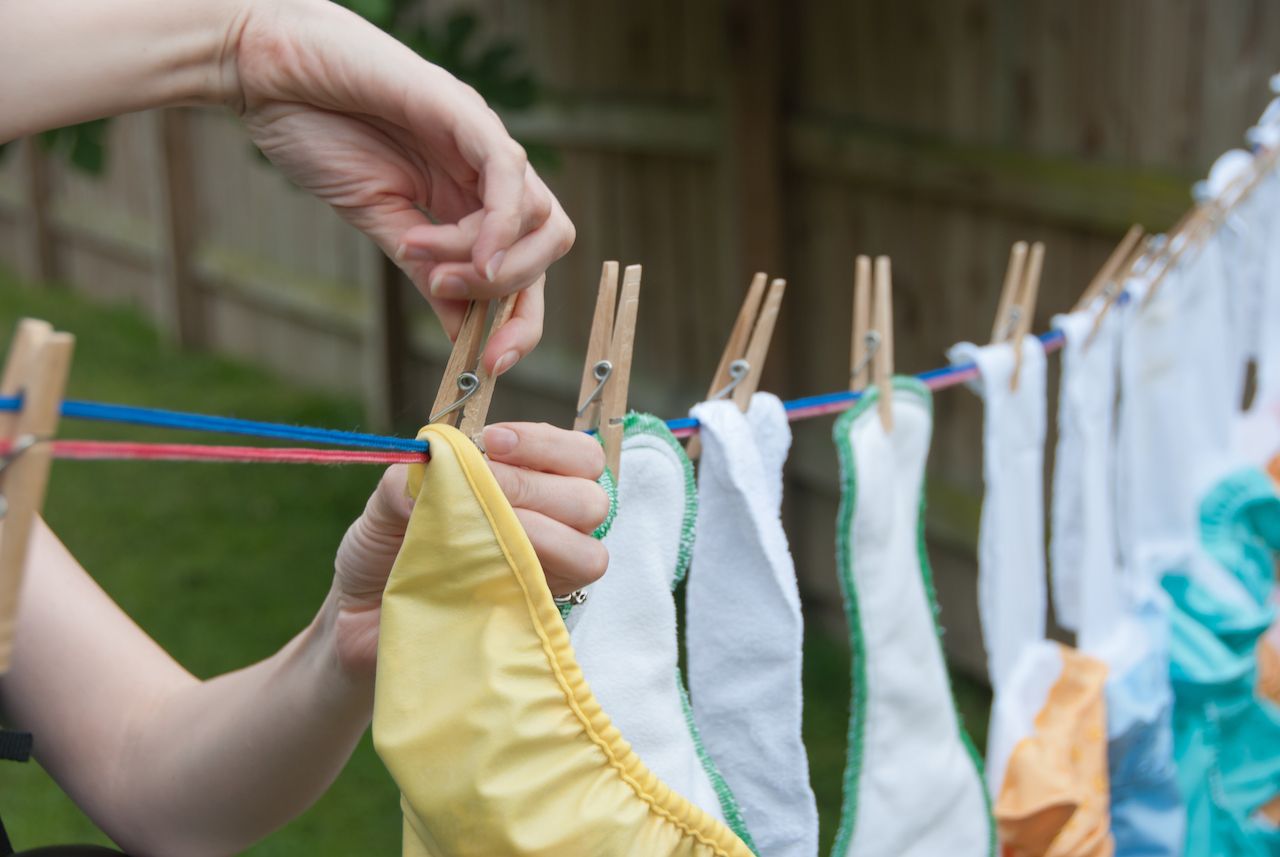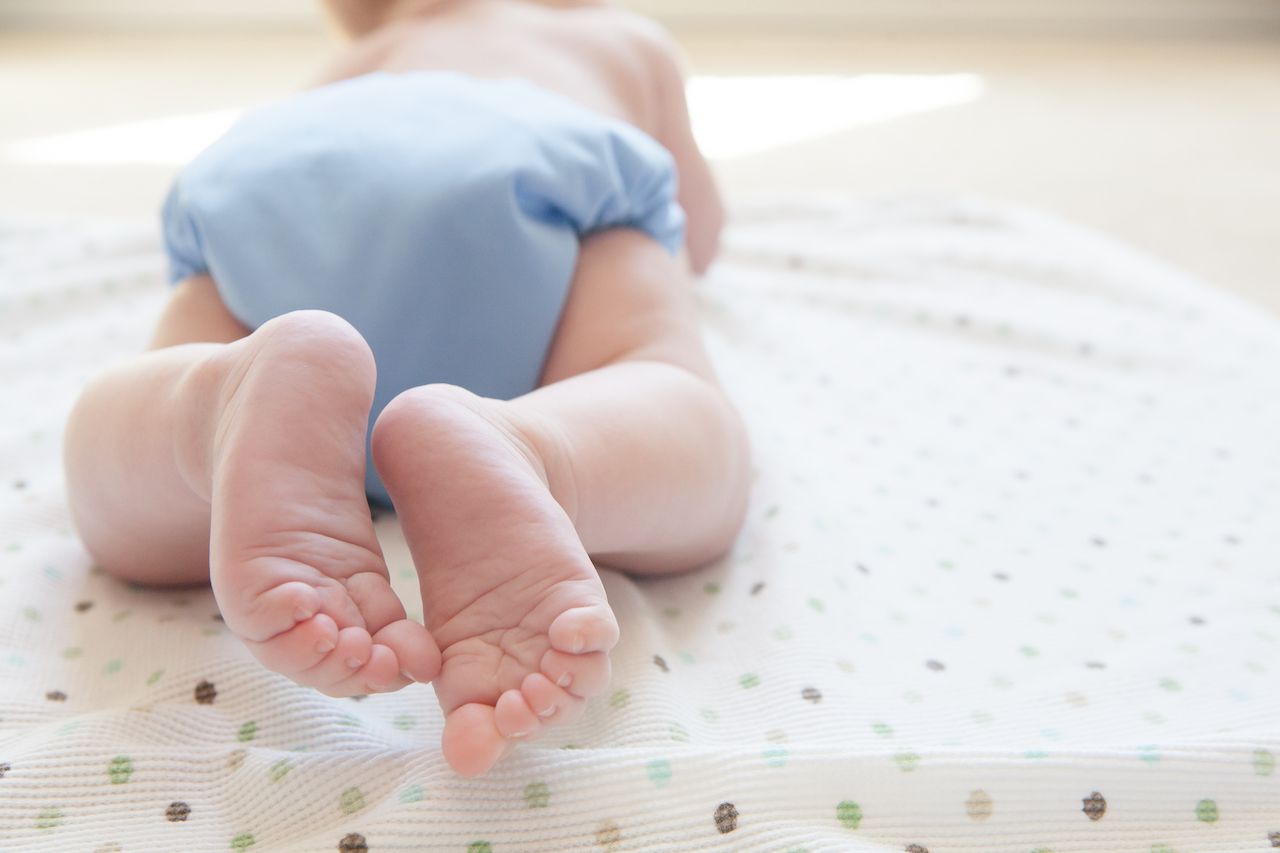In these uncertain times, new parents have a lot to worry about, from the health of their tiny newborns to the availability of necessary supplies. With stories of diapers and other essentials sold out at drugstores and tales of price gouging, it’s important for parents to know they have another excellent, easy, and inexpensive option at the ready: cloth diapers.
Formerly seen as a somewhat alternative option, cloth diapering has become not only a mainstream solution but a popular one — with thousands of blogs and resources devoted to the topic. Rest assured, these are not your grandma’s cloth diapers. Modern versions have scores of choices, with many even more stylish than disposables. We spoke to several parents who chose to cloth diaper their babies to find out just how easy cloth diapering can actually be. Read on for reasons cloth diapering should be on your radar.



